https://www.youtube.com/watch?v=YCsnEajjvkU
Best Engines of All Time - The Chevrolet Small Block V8 (262_265_283_302_305_307_327_350_400)
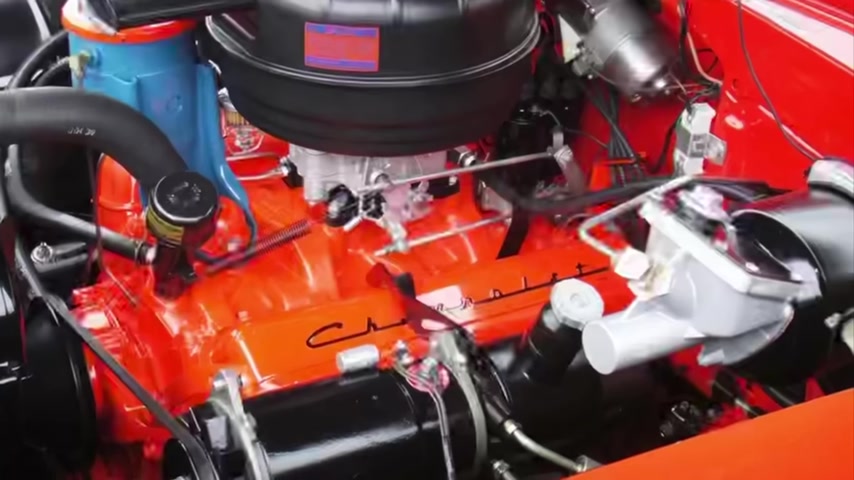
Utilized in passenger cars from 1955 all the way to 2003 .
The Chevrolet small block in its many forms is inarguably one of the greatest engines of all time .
From humble beginnings in 1955 the Chevrolet small block ended up going into over 100 million vehicles over the course of its run and was used by all GM divisions except for Saturn and GE .
Let's explore a little bit about the history of the Chevrolet small block .
The team that engineered it how it was introduced and some facts and figures about its overall lifetime of production through 1954 .
Chevrolets were powered by the famous blue flame or stole bolt six cylinder , which although quite reliable by this point was a relatively poor match for the Ford V eight when it came to horsepower .

Chevrolet leadership thought it was losing ground to its biggest cross town competitor and chief engineer Ed Cole who was appointed to the position in 1952 knew that a new engine was required to compete with Ford .
Prior to his appointment as chief engineer for Chevrolet , Ed Cole has worked as chief engineer for Cadillac where he led the development of the state of the art overhead valve eight introduced for the 1949 model year .
The original mission at Chevrolet was to replicate a Chevrolet version of Cadillacs V eight .
However , Ed Cole and his team had other ideas .
In addition to Ed Cole , the team that was responsible for designing the Chevrolet small block included Harry Barr Kai Hansen , Maurice Rosenberger and Russ Sanders .
Among others , these individuals were drawn from other G M divisions and technical staffs and plucked to be part of this new small block engine program .
Of course , it wasn't known as a small block .
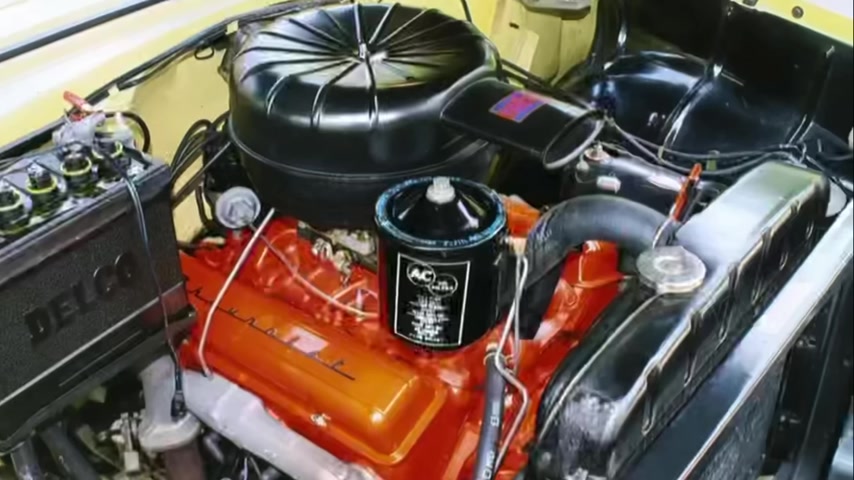
At that time , there was not yet a Chevrolet big block engine .
It was just simply the Chevrolet V Eight , regardless , this team of individuals worked evenings , nights and weekends to deliver a brand new engine that took only 24 months from the time that the first line was drawn on a piece of paper to mass production launch .
And amazingly , this rapid development was performed before the advent of computers which came decades later , everything was done on pencil and paper and done rapidly .
And while the team overall had some disagreements about key decisions , these decisions were made and the team continued to move on and didn't look back at previous decisions as the team went to work .
One of the goals from the beginning was to make sure that the engine was very light for its size .
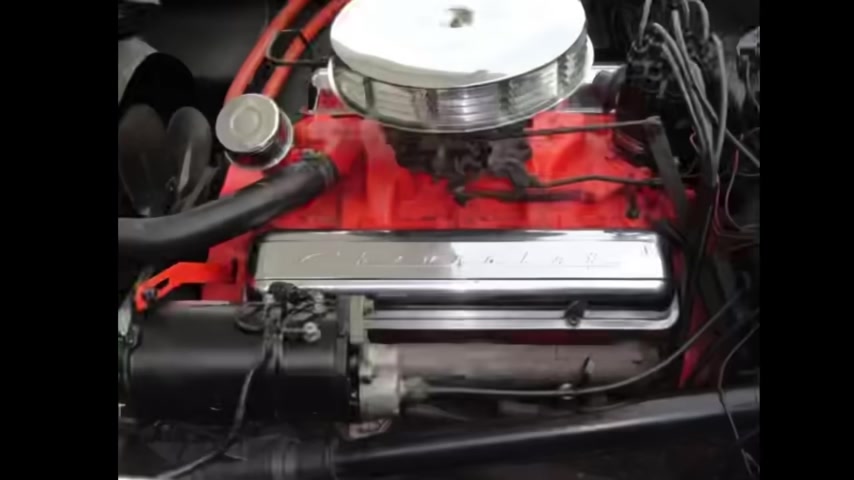
This would allow for not only less weight but also less coolant required to cool the overall engine block contributing further to an overall weight reduction when installed in the car .
After looking at displacements including an early 231 cubic inch engine and then later , a 245 cubic inch engine .
The team finally settled on a 265 cubic inch engine and the final bore of 3.75 inches and a three inch stroke for the time , the engine was overall physically quite small for a V eight .
Its final length was only 22 inches with a nine inch height and 4.4 inch bore centers with respect to the cylinder block .
The team was well aware of various industry practices .
However , one of the things that they wanted to do was reduce the number of boundary cores and they were able to do this by a factor of about two .

This led to a significant improvement in precision by reducing the overall stack up tolerance variations during assembly with respect to the cylinder heads .
The principal goal of the team was to reduce the overall weight as well as the rejection of heat to the coolant .
The heads themselves were interchangeable side to side and the combustion chamber was a wedge type design .
The design of the combustion chamber also enabled flat top pistons with an initial compression ratio of 8 to 1 .
And while that doesn't seem high by today's standards .
The overall ratio was selected back at the time because there were concerns about the quality of gasoline and the octane within it .
The design team wanted this engine to be trouble free for owners no matter where they lived in the country or what type of gas they were putting in the vehicle .

The exhaust manifolds were located in the top of the cylinder heads and the overall exhaust passages were made quite short in order to help achieve that goal of minimal heat loss to the coolant .
Another benefit of these short exhaust passages was that the new small block V eight required a smaller radiator than the blue flame six required crankshafts on these small blocks were made of forge steel .
And a new technique was used to achieve a high level of internal balance .
Before the oil pan and heads were installed , the engine was spun and the counterweights at front and rear on the crankshaft were drilled to remove the necessary material to ensure that the engine was achieving an excellent level of balance .
The intake manifold was a lesson in simplicity and was made as a single piece casting .
It also was really multifunctional .

It not only carried the fuel and air charge , it effectively enclosed the top of the engine and eliminated the need for a separate tappet chamber cover .
It also added to the rigidity of the engine by its overall design underneath the intake and the heads were the pistons and the piston rings .
The piston rings were generally a standard design with two compression rings and an oil ring .
Unfortunately , some of the early Chevrolet small blocks suffered from oil consumption under high vacuum conditions .
There were a number of solutions that were developed , but the team finally settled on a modified oil ring design that provided the desired axial load but also one that was uniform .
The valve train design borrowed a significant amount from the Pontiac division of G M .
With no rocker shaft being employed in each rocker arm operating independent of the other .

The rocker arms were relatively simple but precision stampings and each rocker arm was assembled over a valve stem and push rod retained by a full crumb ball and a nut .
The push rods were hollow and delivered lubrication to the valve train .
Something that was quite common on many V eight S .
Although the Buick 4 , 30 cubic inch engine introduced in 1967 did not have hollow push rods for its first few initial years .
Overall , the development of the original small block was an amazingly remarkable achievement .

And as mentioned , many novel techniques were employed in a lot of blood , sweat and tears to get the engine into production in less than two years time , since that original introduction of the 265 cubic inch version of the small block , which lasted from the 1955 to 57 model years , the small block V eight ended up displacing many different sizes at the bottom end all the way down to 262 cubic inches .
Really a smog motor that G M produced from 1975 to 76 all the way up to a 400 cubic inch small block engine that was employed from 1970 to 1981 in passenger cars and trucks .
Of course , there also are aftermarket engines in excess of 400 cubic inches that in some cases are still produced , but 400 cubic inches was the largest engine that one could get in small block form in a passenger car van or light duty truck .
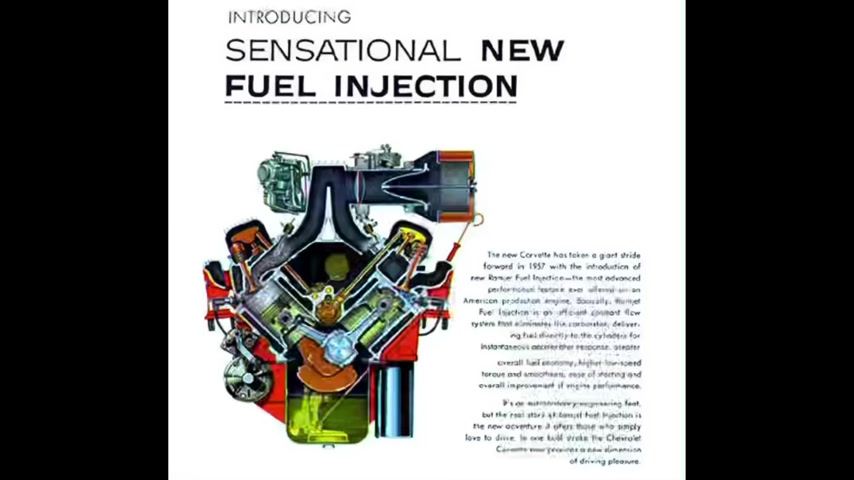
So what are the things to look out for on these ?
Generally speaking , they're quite reliable overall .
Although I will say that I have experienced some soft camshafts in small blocks from the late seventies and early eighties .
And for whatever reason G M had camshaft issues during that time across many different engines that they produced .
Not just a small block .
Aside from that , some folks will argue that the three oh five and 307 cubic inch engines aren't all that good .
I don't necessarily agree with that .
I don't think that they were overly powerful and they were often choked down with emissions or various other things , but they weren't necessarily bad engines .
So , aside from those soft camshafts on late seventies and early eighties engines , there really aren't too many challenges with the overall engine itself .
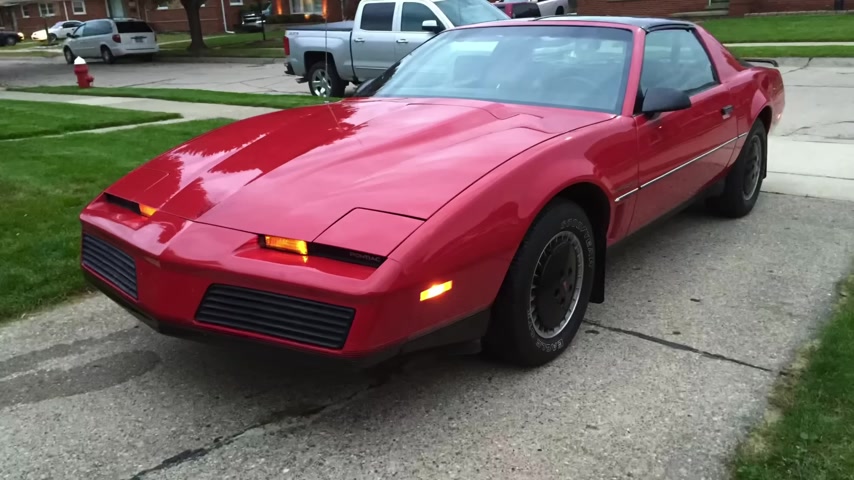
And in fact , when it's employed in passenger cars or trucks or vans , it delivers reliable , smooth operation throughout the rev range .
Sounds great .
And there's really nothing to complain about .
I've owned many , many small Black Chevrolet powered vehicles over the years and I've never really had a major issue , although I will say the water pumps tend to go out more frequently on these engines than other engines that I'm used to .
So between the soft camshafts and water pumps that tend to like to fail every 40 or 50,000 miles , those really comprise the biggest achilles heels of this engine overall .
And aside from that , it's absolutely stellar in terms of its power delivery , its smoothness and its overall reliability of operation .

Fortunately , for Chevrolet , the original small block which was sunset in 2003 in passenger vehicles was replaced by the new L S small block engine which in at least pre displacement on demand form is equally if not even more reliable than the engine that it replaced .
But that's a subject for another video and another day hope you enjoyed this overview of Chevrolet's original small block engine .
Thanks again for watching and take care .
Thanks for watching this video on the original Chevrolet small block .
I hope you enjoyed it .
If you did , please like , comment and subscribe as that helps the youtube algorithm serve it up to more people like you .
And until the next video , check out the video thumbnails at bottom , left and bottom , right .
For some suggestions for you .
If you really enjoyed it , feel free to hit the super thanks button .

And if you're not yet subscribed , click the circular icon of the 67 Buick Riviera at the top left and hit the bell to ensure you're notified of all my future videos .
Once again , thanks for watching and take care .
Are you looking for a way to reach a wider audience and get more views on your videos?
Our innovative video to text transcribing service can help you do just that.
We provide accurate transcriptions of your videos along with visual content that will help you attract new viewers and keep them engaged. Plus, our data analytics and ad campaign tools can help you monetize your content and maximize your revenue.
Let's partner up and take your video content to the next level!
Contact us today to learn more.